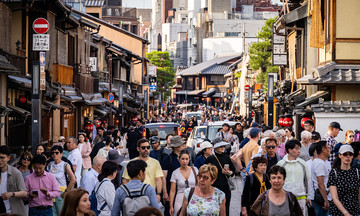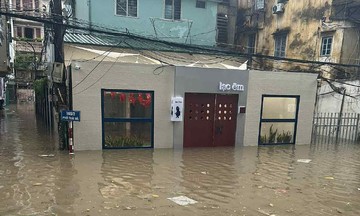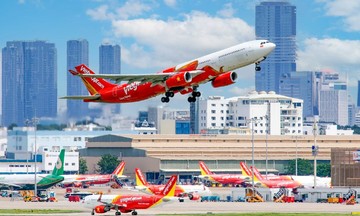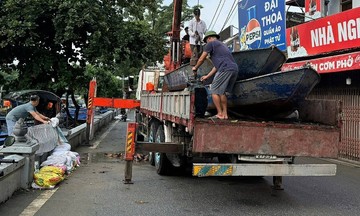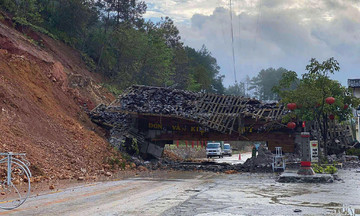When Marc Guyon, a French citizen living in Hong Kong, decided to visit Shanghai in early August, he wasn't looking forward to the city's Art Deco architecture, but rather the driverless taxis and hotel delivery robots.
"It's very impressive. China looks like the future. Many people are sharing that experience online, and so am I," he said.
These reactions are fueling a wave of "technology tourism" in China. This trend, spread through social media, attracts tourists eager to experience firsthand the country's technology and modern urban landscapes.
In the past few years, inbound tourism to China has boomed as the government eased border policies, allowing citizens of dozens of countries visa-free stays of up to 10 days. This trend coincided with a surge in social media posts about travel in China. On TikTok, videos tagged "#chinatravel" have surpassed 215,000, with nearly 75% posted in the past year alone.
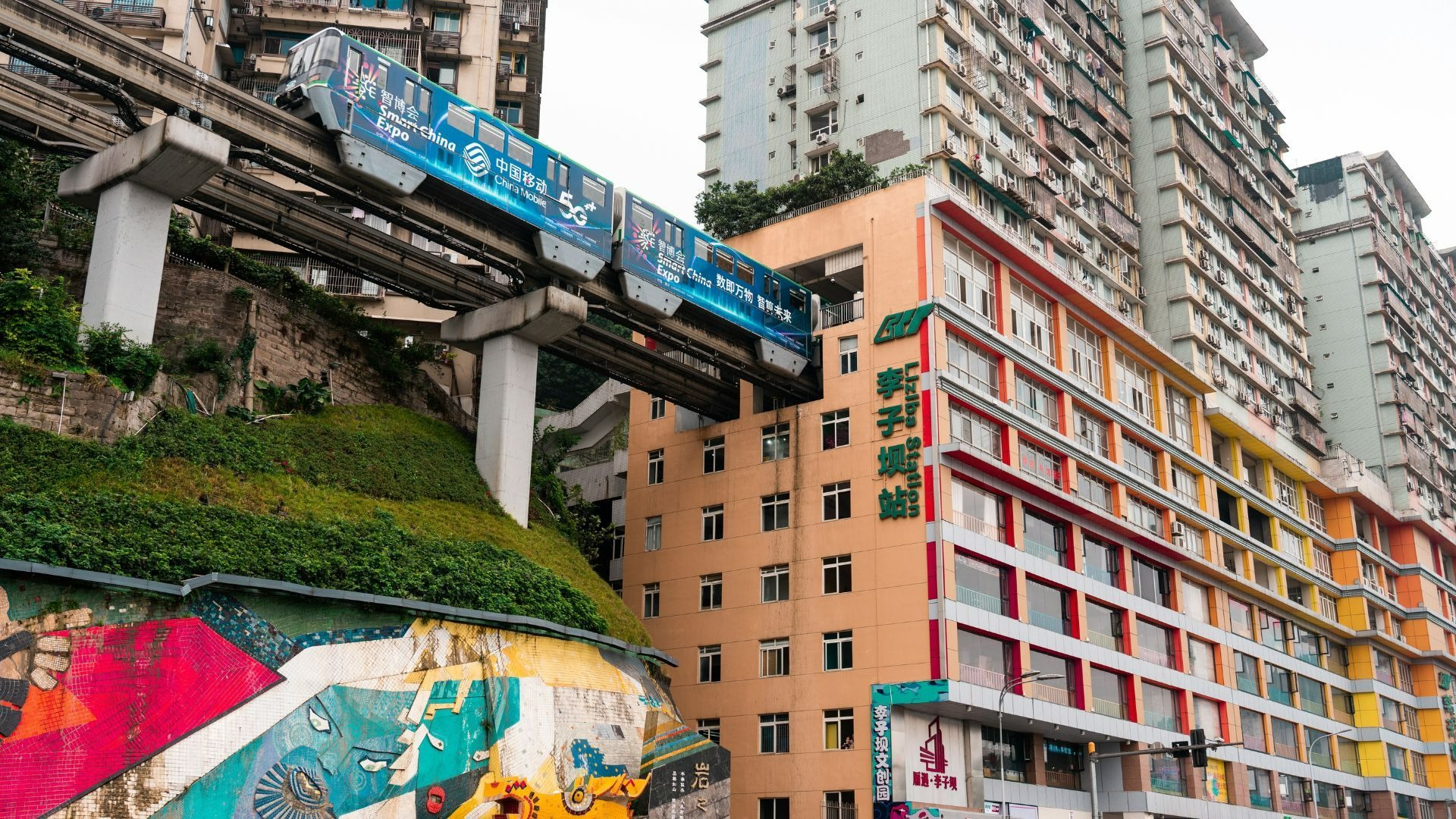 |
The famous Liziba Station in Chongqing. Photo: *Travel + Leisure* |
The most viral videos portray China's major cities as "science fiction" destinations, where tourists experience futuristic life with palm-scan payment systems, drone food delivery, and driverless taxis.
Nicknamed the "cyberpunk capital," Chongqing, a city of 30 million, gained fame through numerous social media videos. International tourists are impressed by the spectacular cityscape of this mountainous city, particularly the image of a train passing through an apartment building.
Partly government-supported, this trend has spread rapidly and significantly impacted China's tourism sector. Nora Qu Ou, brand manager at online travel agency China Highlights, said demand for "technology tourism" has surged since the pandemic.
"In recent years, we've seen many foreign tourists, especially from Europe and Singapore, requesting technology incorporated into their itineraries," she said. Requests range from trying self-driving cars to ordering drone-delivered food at the Great Wall. For many, it's an unforgettable highlight of their trip.
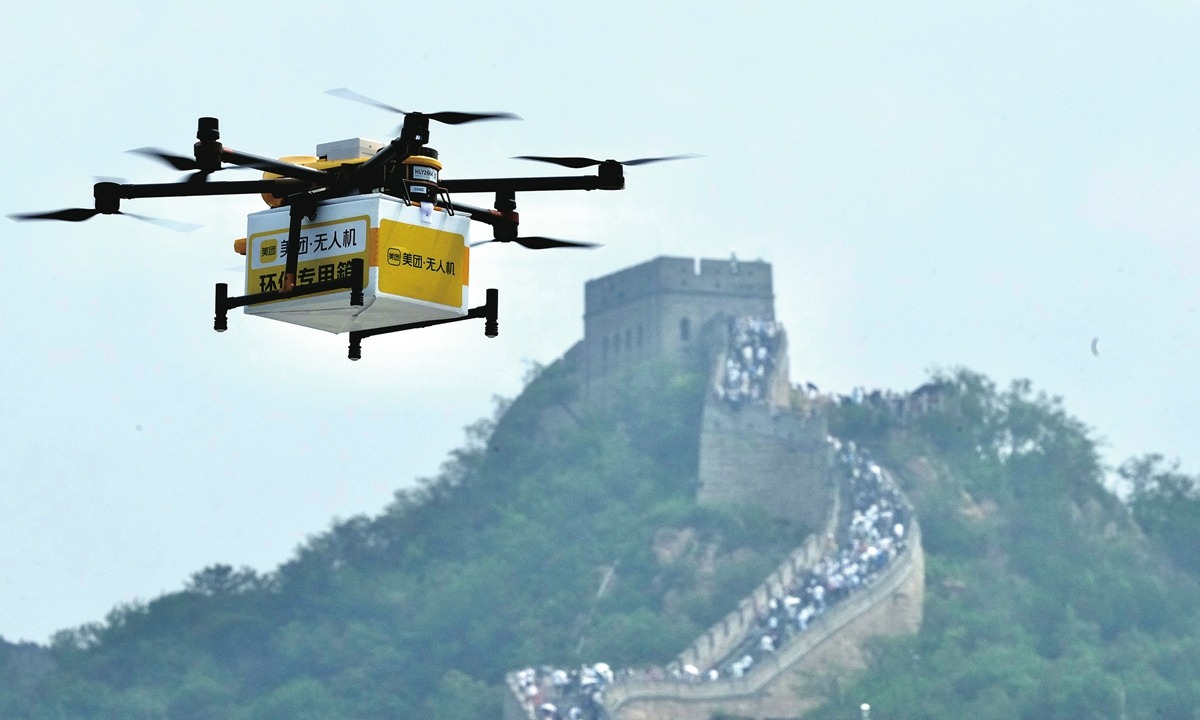 |
Drone food delivery at the Great Wall. Photo: *Global Times* |
China Highlights began incorporating technology into its tours in 2018 by introducing tourists to QR code payments and smart retail stores—things that were novel and impressive at the time. Now, digital life in China is commonplace. Tourists often download Alipay or WeChat Pay before even arriving.
Therefore, the company focuses on "interactive experiences" such as restaurants with robot waiters, high-speed train journeys, or supermarkets using overhead conveyor belts for delivery.
Not only Chinese companies but also foreign businesses are tapping into this technology-focused tourism segment. Ed Sander, a Dutch business consultant and longtime enthusiast of Chinese technology, founded Chinatechtrip in 2018.
Since China reopened its borders in 2023, Sander has organized tours for groups of 10 to 20 foreigners to visit the headquarters of tech giants like Alibaba and Xiaomi, as well as delivery robot projects and high-speed rail systems.
These trips attract both tech enthusiasts and investors keen to understand China's innovation ecosystem, and they are often surprised by what they see, Sander said.
"Many participants are amazed to see how far China has developed," he said. Previously, tourists' impressions were often shaped by western media. After the trip, they have a more balanced view. For some, the trip is a shock, highlighting the difference in development speed between China and Europe.
The wave of tourism to China is expected to continue as Beijing recently further relaxed its border policies. Currently, citizens of 75 countries enjoy visa exemptions or bilateral visa-free arrangements.
China recorded over 38 million foreign entries and exits in the first half of 2025, up over 30% from the same period last year, according to official data. Visa-free entries alone increased by nearly 54% year-on-year. The country's two major tech hubs, Shanghai and Shenzhen, have seen a surge in foreign visitors this year.
As of early August, Shenzhen had welcomed over 984,000 international visitors, a 44.7% increase year-on-year. Shanghai recorded over 3.1 million in the first half of the year, up 53.3% from the same period last year.
However, tourist reactions aren't entirely positive. Online praise for China's technological innovations is often accompanied by concerns about jobs and privacy. Complaints about urban pollution appear alongside effusive praise for the high-speed rail system.
Additionally, China still has areas for improvement in the tourist experience. Many say it's crucial to adopt international standards, such as wider English signage and accessibility of international apps.
Hoai Anh (*SCMP*)




